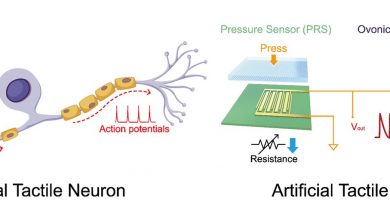Monitoring at home yields better blood pressure control
Home blood pressure monitoring improved hypertension control and saved medical costs, according to results of a pilot initiative presented at the American Heart Association’s Joint Hypertension 2018 Scientific Sessions.
American Heart Association/American College of Cardiology guidelines stress the importance of home blood pressure monitoring for optimal high blood pressure management.
However, according to Roy R. Champion, M.Sc., B.S.N., clinical quality R.N. at Scott and White Health Plan, Temple, Texas, home blood pressure monitoring isn’t a common part of most treatment plans. Based on trends noted during medical record reviews, Champion said less than one in five providers were including home blood pressure monitoring in documentations for hypertension patients.
“Meanwhile, in the charts that did use home blood pressure monitoring, approximately 86 percent of those patients had their hypertension under control,” Champion said.
Home monitoring combined with doctor visits to measure a patient’s blood pressure helps to avoid numbers skewed by “white-coat hypertension,” when blood pressure is high in a medical setting but not in everyday life, and “masked hypertension,” when blood pressure is normal in a medical setting but high at home.
Champion studied the impact of an intervention that provided free home blood pressure monitors, online and print resources for tracking their readings, and monitoring reminders to 2,550 adult patients with persistent uncontrolled high blood pressure. In each case, the patient’s provider would know the patient received a free at-home blood pressure monitor and resources for how to use it.
They found:
- By their 3rd office visit, nearly 67 percent of patients had their blood pressure controlled.
- Nearly 60 percent of patients had blood pressure control by their sixth visit.
Champion attributed the decline from the third to sixth visit to providers’ adjusting blood pressure medications based on information from home blood pressure monitoring. Patients only had to see their doctors a few times to settle on the ideal medication amount, he said.
- At the end of the intervention, systolic blood pressures had decreased an average 16.9 mmHg and diastolic blood pressures fell an average 6.5 mmHg.
- In the six months after the intervention, nearly 80 percent of the participants achieved blood pressure under control using the Healthcare Effectiveness Data and Information Set (HEDIS) 2018 standards.
- Using the 2017 AHA/ACC guidelines, 72 percent achieved hypertension control.
“Even with the more stringent guidelines, we showed home blood pressure monitoring is vital to achieving control among hypertensive patients,” Champion said.
- Each kit, including the monitor, cost an average $38.50; yet, the cost savings from the intervention were substantial. The intervention reduced needed office visits by 1.2 office visits per participant per year and significantly reduced emergency department and medication costs.
Home monitoring helps providers better understand patients’ everyday blood pressure numbers in a cost-saving way that doesn’t increase the burden on patients or providers, Champion said.
Source: Read Full Article



